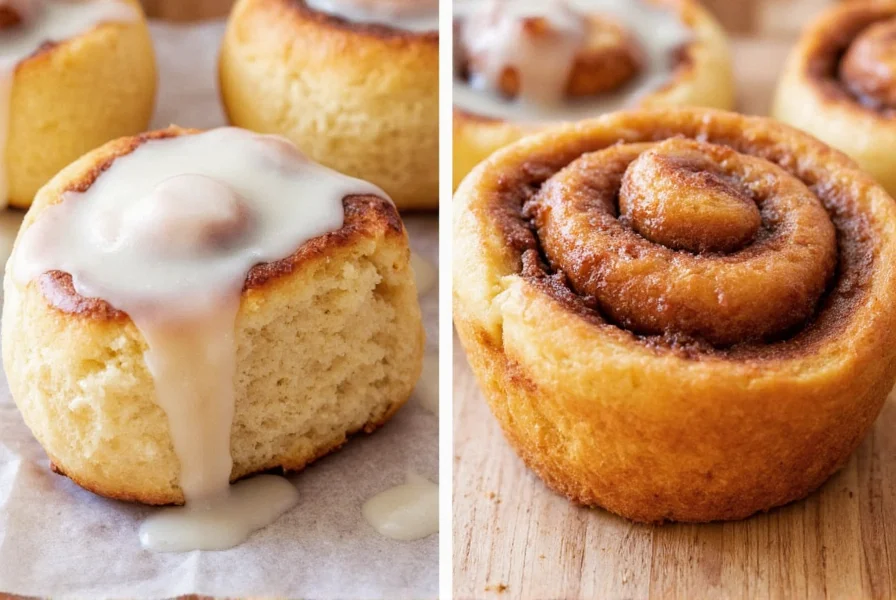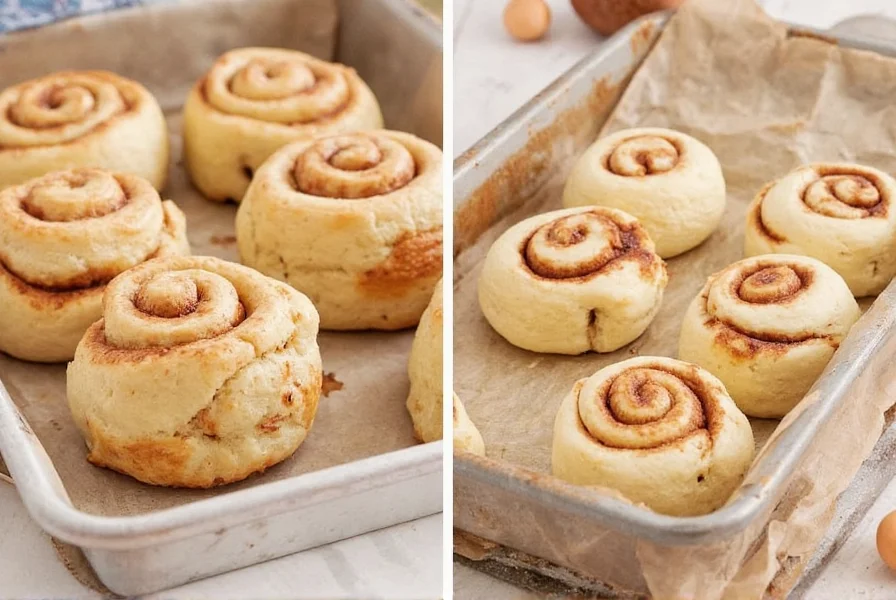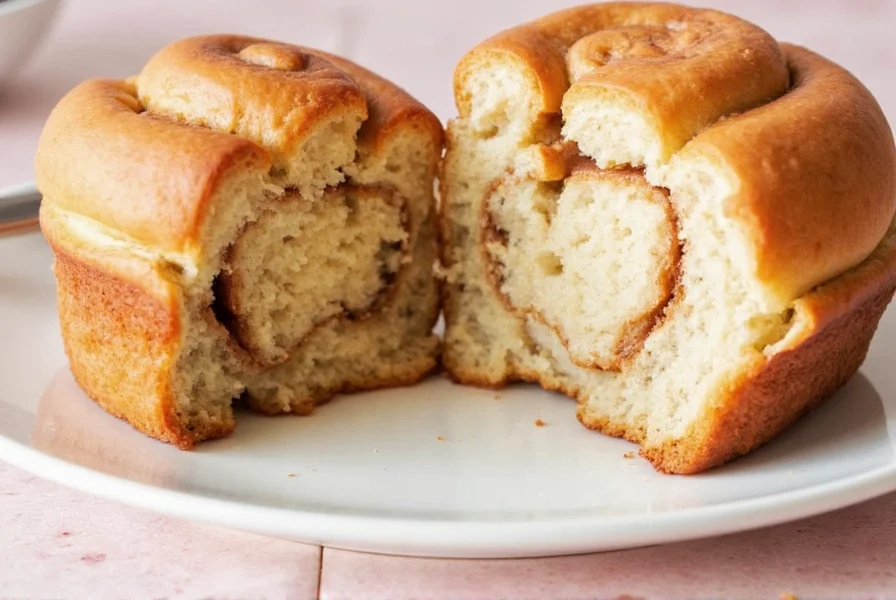Understanding what makes an exceptional cinnamon rolls photo goes beyond mere aesthetics—it provides valuable baking insights. Professional food photographers and home bakers alike recognize that the most informative cinnamon rolls photos capture specific visual elements that indicate baking success.
Key Visual Indicators in Quality Cinnamon Rolls Photos
When evaluating cinnamon rolls photos for baking reference, focus on these critical visual elements that separate ordinary snapshots from truly useful reference images:
- Swirl definition—Clear, distinct layers visible in cross-section shots indicate proper rolling technique and dough consistency
- Crust coloration—A rich golden-brown exterior (not pale or burnt) signals optimal baking temperature and duration
- Glaze texture—Shiny, slightly runny icing demonstrates proper sugar-to-liquid ratio and application timing
- Moisture appearance—Visible steam or slight sheen indicates freshness and proper internal temperature

Common Photography Mistakes That Misrepresent Cinnamon Rolls
Many amateur cinnamon rolls photos fail to accurately represent the product due to technical errors that mislead bakers. Recognizing these issues helps you identify reliable visual references:
| Photography Issue | Impact on Baking Reference | Solution |
|---|---|---|
| Overhead-only shots | Masks swirl pattern quality and layer definition | Include 45-degree angle shots showing cross-section |
| Poor white balance | Distorts crust color (makes underbaked rolls appear done) | Use natural daylight or calibrated artificial lighting |
| Excessive editing | Hides texture issues and creates unrealistic expectations | Minimal post-processing focusing on clarity not enhancement |
Professional Techniques for Authentic Cinnamon Roll Photography
Learning how to take professional cinnamon rolls photos requires understanding both baking science and photographic principles. The most valuable images for bakers capture:
Timing is critical—The optimal window for photographing cinnamon rolls occurs within 3-5 minutes after baking when the glaze is still slightly fluid but the structure remains intact. This brief period captures the perfect balance between melted icing and defined pastry layers that disappears as the rolls cool.
Lighting considerations significantly impact how cinnamon rolls photos represent baking results. Soft, directional lighting from a 45-degree angle above the subject best reveals texture details in the crust and icing. Avoid harsh overhead lighting that creates unflattering shadows across the swirl pattern.

Using Cinnamon Rolls Photos as Baking Diagnostic Tools
Experienced bakers use high-quality cinnamon rolls photos not just for inspiration but as diagnostic references. Specific visual characteristics indicate particular baking outcomes:
- Collapsed centers visible in photos suggest over-proofing or insufficient oven spring
- Blurred swirl patterns indicate either under-proofed dough or improper rolling technique
- Cracked icing in images points to glaze applied when rolls were too cool
- Uneven browning visible from multiple angles reveals oven temperature inconsistencies
When following recipes, compare your results to multiple high-quality cinnamon rolls photos rather than relying on a single image. This comprehensive visual analysis provides more reliable baking feedback than any written description alone.
Developing Your Visual Literacy for Baking Success
Building your ability to interpret cinnamon rolls photos requires practice and attention to detail. Start by analyzing professional food photography with these specific questions:
- What does the crust texture reveal about baking temperature and duration?
- How does the icing consistency indicate proper application timing?
- What can the spiral pattern tell me about dough handling and rolling technique?
- Does the overall appearance match the described baking process in the recipe?
This analytical approach transforms passive viewing into active learning, helping you develop the visual literacy needed to improve your own baking results through careful observation of quality cinnamon rolls photos.
What makes a cinnamon roll photo useful for baking reference?
A useful cinnamon roll photo shows clear cross-section views revealing swirl definition, displays accurate crust coloration without color distortion, captures the texture of both crust and icing, and includes multiple angles that demonstrate structural integrity. The most valuable images are taken within minutes of baking when visual characteristics best represent optimal results.
How can I tell if cinnamon rolls are properly baked from photos?
Properly baked cinnamon rolls in photos show a rich, even golden-brown crust (not pale yellow or dark brown), visible steam or slight sheen indicating proper internal temperature, distinct spiral patterns without collapse, and icing that appears fluid enough to seep into crevices but not so liquid that it runs off the rolls.
Why do professional cinnamon roll photos look different from my results?
Professional cinnamon roll photos often capture the product at its visual peak—3-5 minutes after baking when icing is perfectly fluid and structure is intact. They use specialized lighting to enhance texture details and may employ food styling techniques. For accurate baking reference, look for photos that show realistic texture and color without excessive editing that masks imperfections.
What lighting works best for photographing homemade cinnamon rolls?
Natural daylight from a north-facing window provides the most accurate representation of cinnamon roll appearance. If using artificial lighting, position a softbox or diffused light source at a 45-degree angle above the rolls to reveal texture without harsh shadows. Avoid direct overhead lighting which flattens the visual dimensionality needed to assess swirl patterns and crust texture.











 浙公网安备
33010002000092号
浙公网安备
33010002000092号 浙B2-20120091-4
浙B2-20120091-4